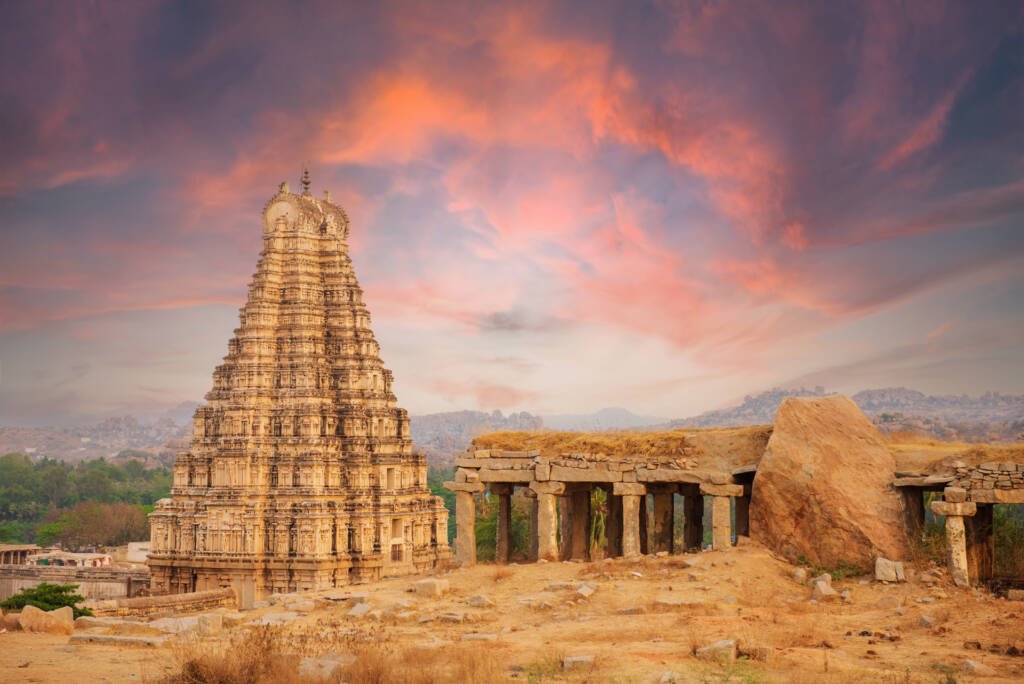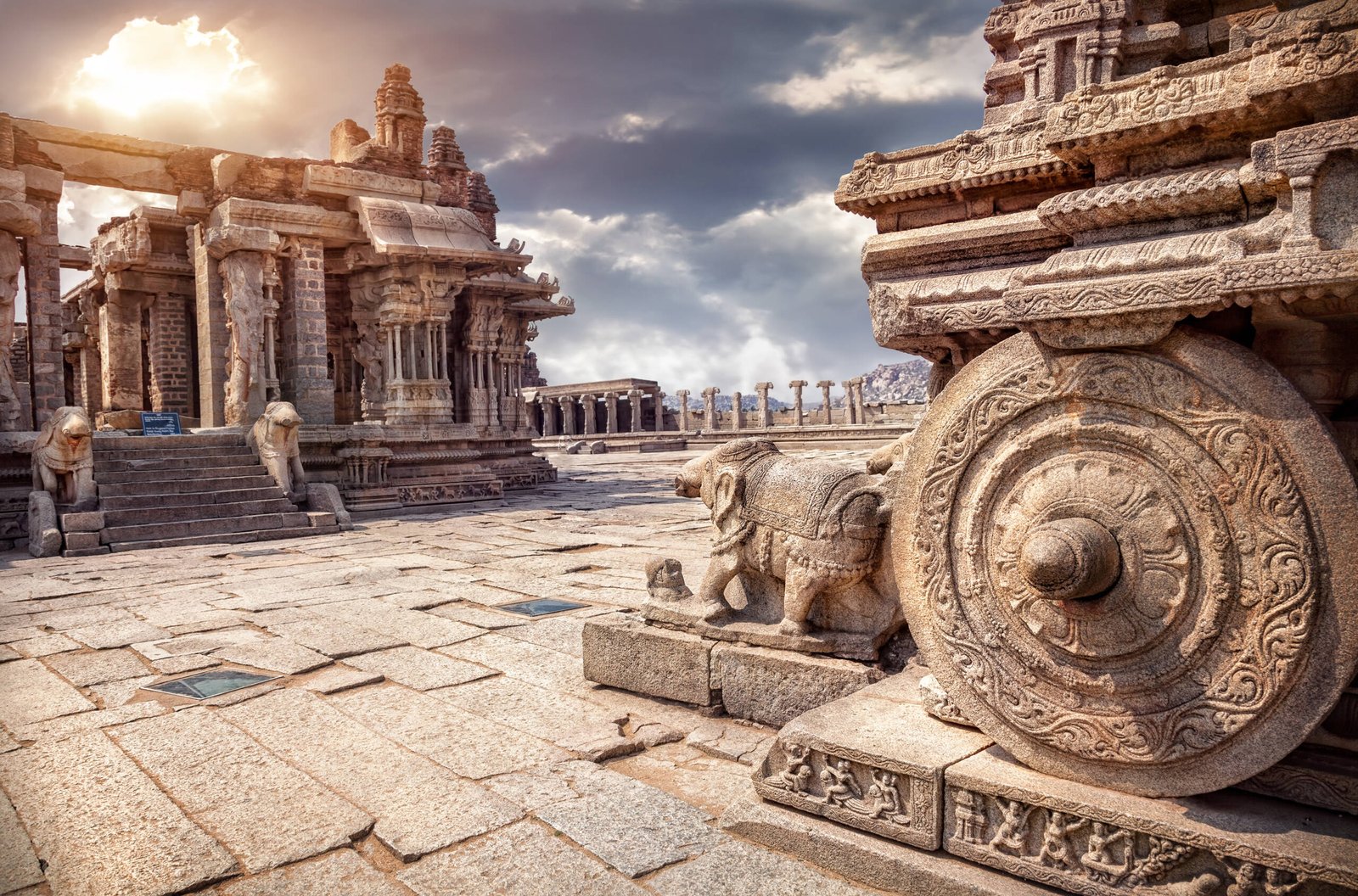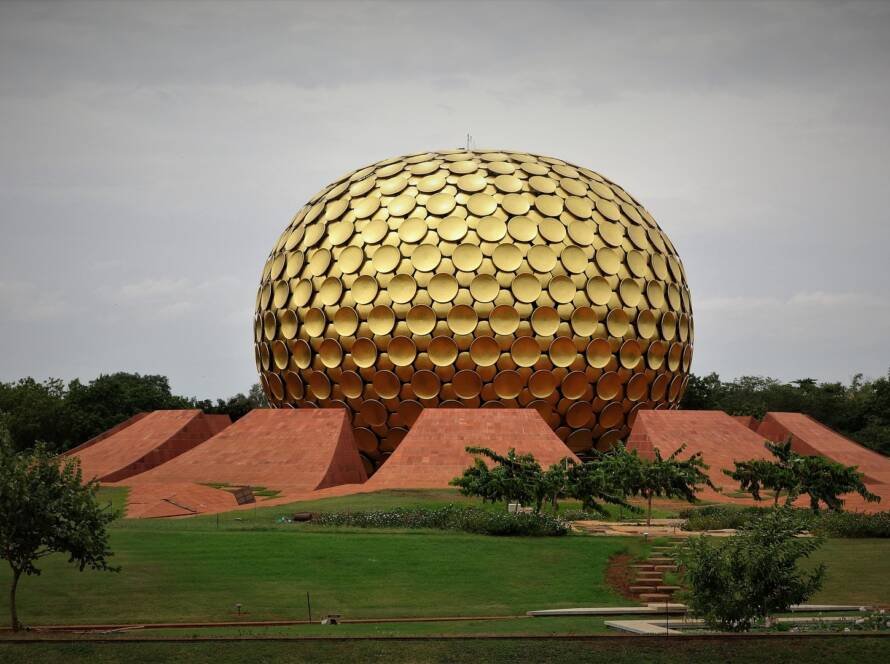Nestled in the rocky landscapes of Karnataka, Hampi stands as a testament to the grandeur and magnificence of the Vijayanagara Empire. Declared a UNESCO World Heritage Site, the ruins of Hampi transport visitors back in time to an era of flourishing art, culture, and power. In this blog post, we will unravel the mysteries and wonders of Hampi, exploring the remnants of Vijayanagara’s glorious past that continue to captivate the imagination of historians, archaeologists, and travelers alike.
Historical Background:


Hampi, situated on the banks of the Tungabhadra River, was the capital of the Vijayanagara Empire, one of the most powerful South Indian empires that ruled from the 14th to the 17th century. The city reached its zenith under the rule of Krishnadevaraya, a visionary monarch whose patronage of arts and architecture left an indelible mark on the landscape of Hampi.
Architectural Marvels:

The ruins of Hampi are scattered across a vast area, showcasing a harmonious blend of Hindu and Islamic architectural styles. Prominent among these structures is the Virupaksha Temple, dedicated to Lord Shiva, which stands as the living heart of the ancient city. The temple’s intricate carvings and towering gopuram reflect the artistic prowess of Vijayanagara craftsmen.
The Vittala Temple is another jewel in Hampi’s architectural crown, renowned for its iconic Stone Chariot and musical pillars that produce enchanting sounds when tapped. As visitors explore the sprawling complex, they encounter the remnants of a once-bustling market, royal enclosures, and stunningly carved columns that narrate tales of a bygone era.
Matanga Hill:

For panoramic views of the city and its surroundings, travelers ascend Matanga Hill. This elevated vantage point provides a breathtaking panorama of the Hampi ruins, offering a perspective of the city’s strategic planning and architectural layout. It’s a place where one can connect with the spiritual and historical essence of Vijayanagara.
Queen’s Bath and Lotus Mahal:
The Queen’s Bath, an elegant royal structure, and the Lotus Mahal, a unique blend of Islamic and Hindu architectural styles, add further layers to the narrative of Hampi’s past. The Queen’s Bath reflects the opulence of Vijayanagara’s royalty, while the Lotus Mahal stands as an architectural marvel with its delicately arched windows and domed chambers.
Conclusion:
Hampi, the ruins of Vijayanagara’s glorious past, beckons travelers and history enthusiasts to embark on a journey through time. The city’s architectural splendors, mystical landscapes, and historical significance make it a destination that not only preserves the legacy of the Vijayanagara Empire but also invites modern explorers to unravel the stories etched in stone. As the sun sets over the boulders and ancient structures, Hampi continues to weave its magic, inviting visitors to be part of a living history frozen in time.



